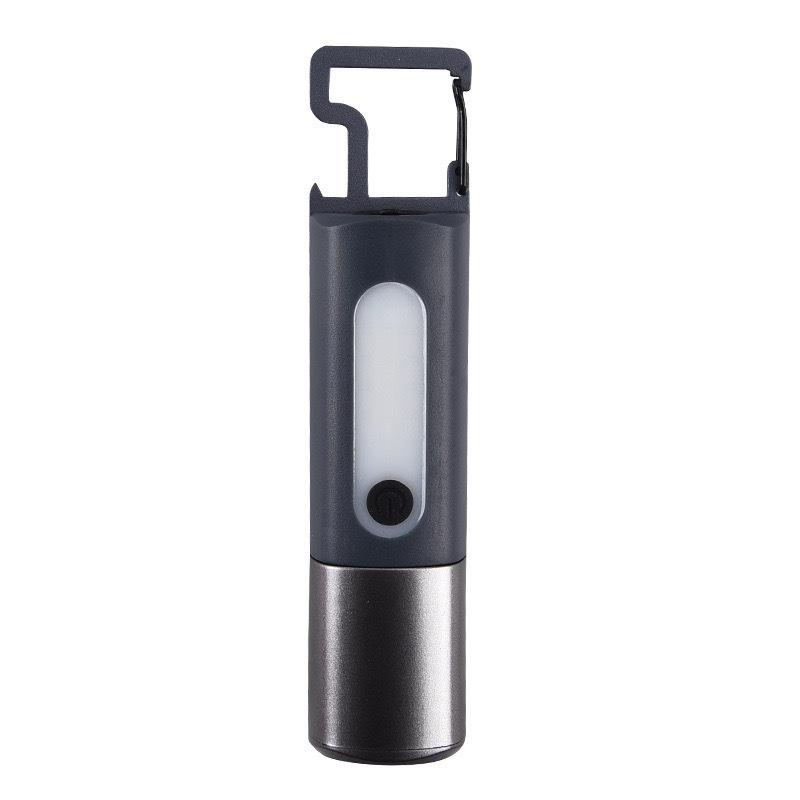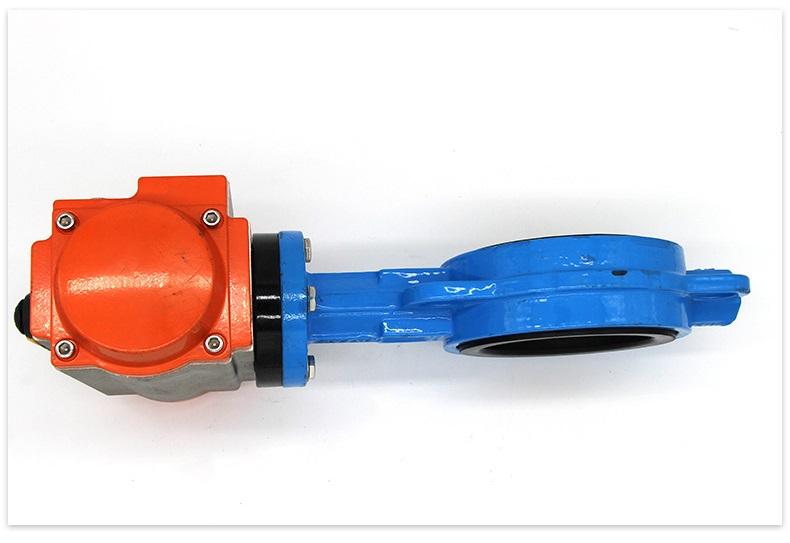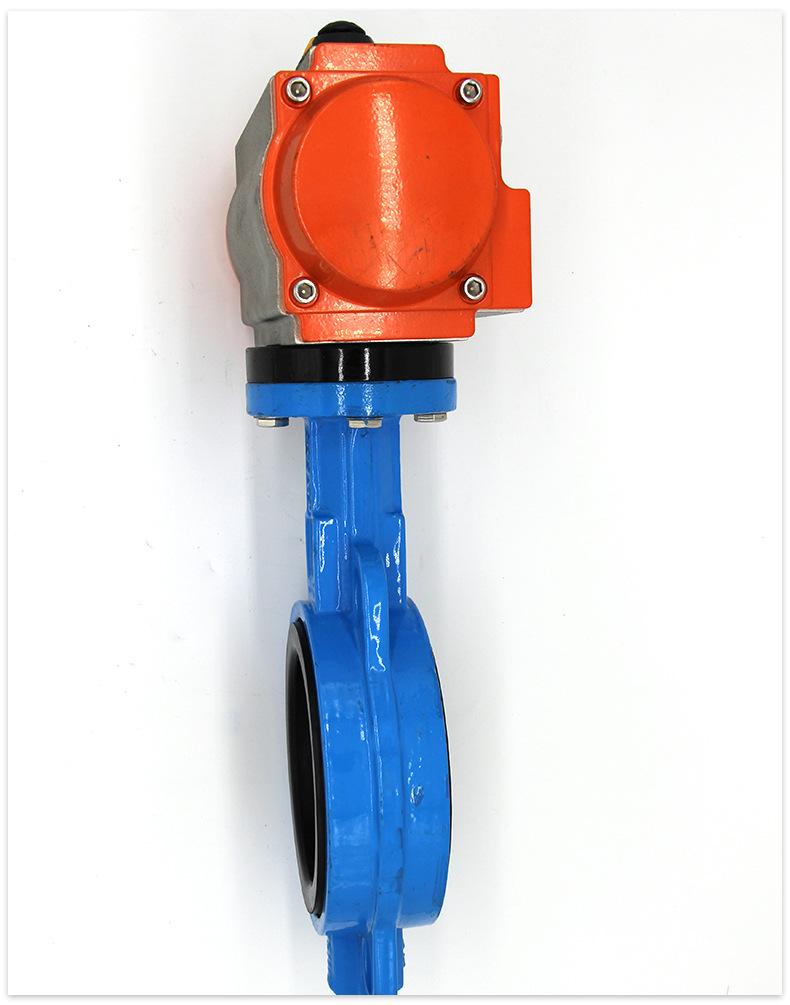This article provides an overview of 5V adapters, their features, and the devices they are used with.
What are 5v adapters?
A 5V adapter is a type of power supply that provides a direct current (DC) output voltage of 5 volts.
5V adapters typically have an AC-to-DC converter that takes the alternating current (AC) from a wall outlet and converts it to a regulated 5V DC output. They come in different forms, such as wall-mount or desktop-style, and have various connector types (e.g., USB, barrel jack, or proprietary connectors).
The output current rating of a 5V adapter is also important, as it determines the maximum power it can deliver. Common current ratings range from 1A to 3A or higher, depending on the power requirements of the connected device. Higher-rated adapters can power devices with higher power consumption or charge batteries faster.
Features of 5V adapter
The following are some features of 5V adapters.
Output Voltage and Current
The primary feature is the 5V DC output voltage, which is a common requirement for many portable devices and electronics.
5V adapters come with different current ratings, typically ranging from 1A to 3A or higher. Higher current ratings allow faster charging and the ability to power devices with higher power demands.
Input Voltage
5V adapters are designed to accept a wide range of AC input voltages, typically 100-240V AC, making them suitable for use in different countries and regions.
Connector Types
5V adapters can have various connector types, such as USB (Type-A or Type-C), barrel jacks (with different tip sizes), or proprietary connectors, depending on the devices they are intended to power.
Compact and Portable Design
Many 5V adapters are designed to be compact and lightweight, making them convenient for travel and on-the-go use with portable devices.
Safety Features
Quality 5V adapters often include safety features like short-circuit protection, overload protection, and over-temperature protection to prevent damage to the adapter or connected devices.
Energy Efficiency
Some 5V adapters are designed to be energy-efficient, meeting various energy efficiency standards (e.g., Level V or VI) and reducing power consumption when not in use.
Multiple USB Ports
Some 5V adapters may have multiple USB ports, allowing you to charge or power several devices simultaneously from a single wall outlet.
What devices use 5v adapters?
5V adapters are commonly used to power a wide range of electronic devices that require a 5V DC input voltage, which is a common voltage requirement. These are some common devices that utilize 5V adapters.
- Smartphones, tablets, and other mobile devices. Many smartphones, tablets, and portable media players are designed to be charged and powered by 5V adapters, often through a USB connection.
- Routers, modems, and networking equipment. Home and office networking devices like routers, modems, and switches frequently use 5V adapters as their power source.
- Single-board computers and microcontrollers. Devices like Raspberry Pi, Arduino boards, and other single-board computers and microcontrollers are designed to operate on 5V power supplied by adapters.
- USB hubs and charging stations. USB hubs and multi-port charging stations often rely on 5V adapters to provide power to the connected USB devices.
- Portable speakers and audio devices. Many portable Bluetooth speakers, headphone amplifiers, and other compact audio equipment use 5V adapters for power.
- LED lighting systems. LED strip lights, light bulbs, and other LED lighting products commonly utilize 5V adapters as their power source.
- Security cameras and baby monitors. Wireless security cameras, video baby monitors, and similar devices frequently require 5V adapters for power.
- Portable game consoles and electronic toys. Handheld game consoles, kids' tablets, and various electronic toys are often designed to be powered by 5V adapters.
Is the output of USB power adapters always 5 volts?
USB power adapters typically provide a standardized voltage output of 5 volts. This standardization allows various devices to be powered or charged using USB connections.
However, there are exceptions, particularly with newer USB standards like USB Power Delivery (USB PD). But 5 volts is still common, it's the default voltage.
Most computer USB ports supply 5 volts of electricity with a maximum current of 0.5 amps, which means the overall power output will be 2.5 watts at best. Later USB designs bring that current up to 0.9 amps.
USB uses 5 volts because it was the voltage commonly used to power computer logic in the 1960s. A higher voltage would have wasted power, and a lower voltage would not have worked.
What are the differences between a 5v adapter and a 12v adapter?
The main difference between a 5V adapter and a 12V adapter lies in the output voltage they provide.
Voltage Output
A 5V adapter provides a direct current (DC) output voltage of 5 volts.
A 12V adapter provides a DC output voltage of 12 volts.
This voltage difference is crucial as electronic devices and circuits are designed to operate within specific voltage ranges. Using the incorrect voltage can potentially damage the device.
Current Output
For a given power rating, a 5V adapter will have a higher current output compared to a 12V adapter.
For example, a 5V 2A adapter and a 12V 2A adapter both provide 10 watts of power (P=V*I). However, the 5V adapter supplies 2A at 5V, while the 12V adapter supplies 0.83A at 12V.
Power Conversion
Devices that require 5V often have internal voltage regulators or converters to step down the voltage from a higher input (e.g., 12V) to the required 5V level.
Using a 5V adapter eliminates the need for an internal voltage regulator, potentially reducing power losses and heat generation within the device.
Application
5V adapters are commonly used for low-power devices like smartphones, tablets, routers, single-board computers (e.g., Raspberry Pi), and USB-powered devices.
12V adapters are more suitable for devices with higher power requirements, such as desktop computers, monitors, printers, and certain networking equipment.








